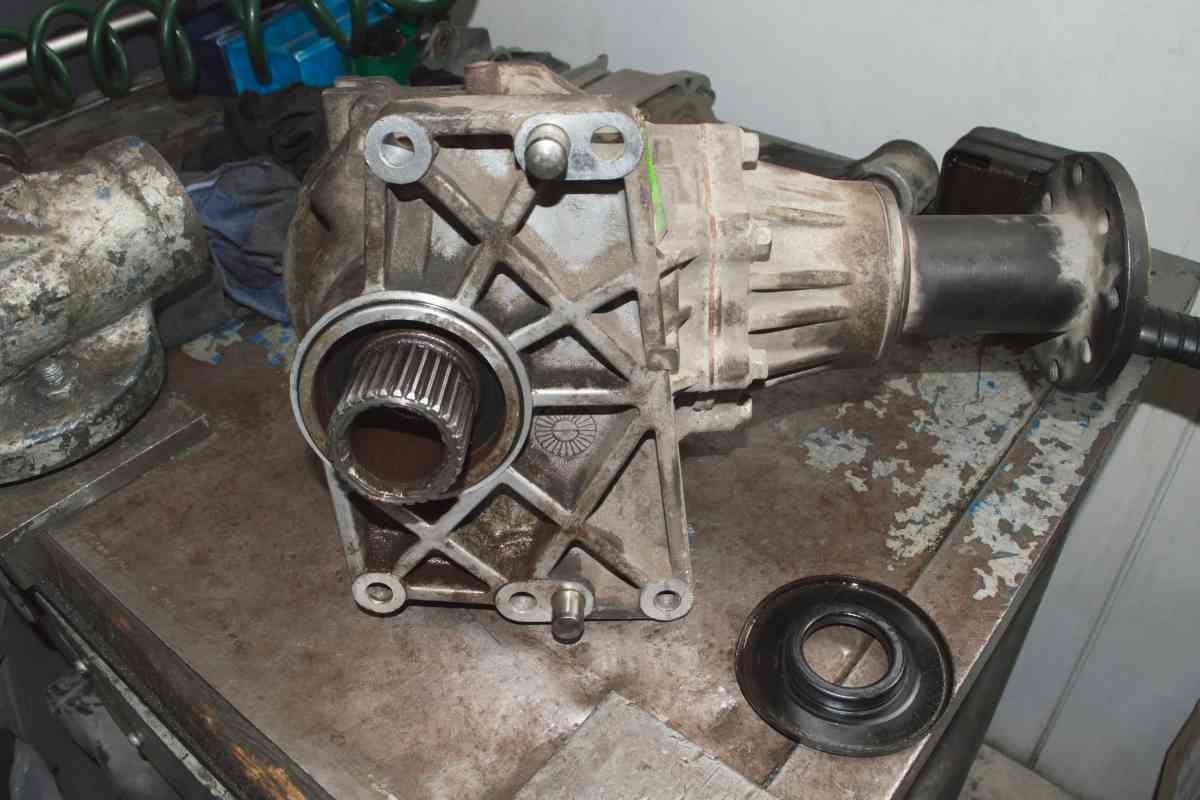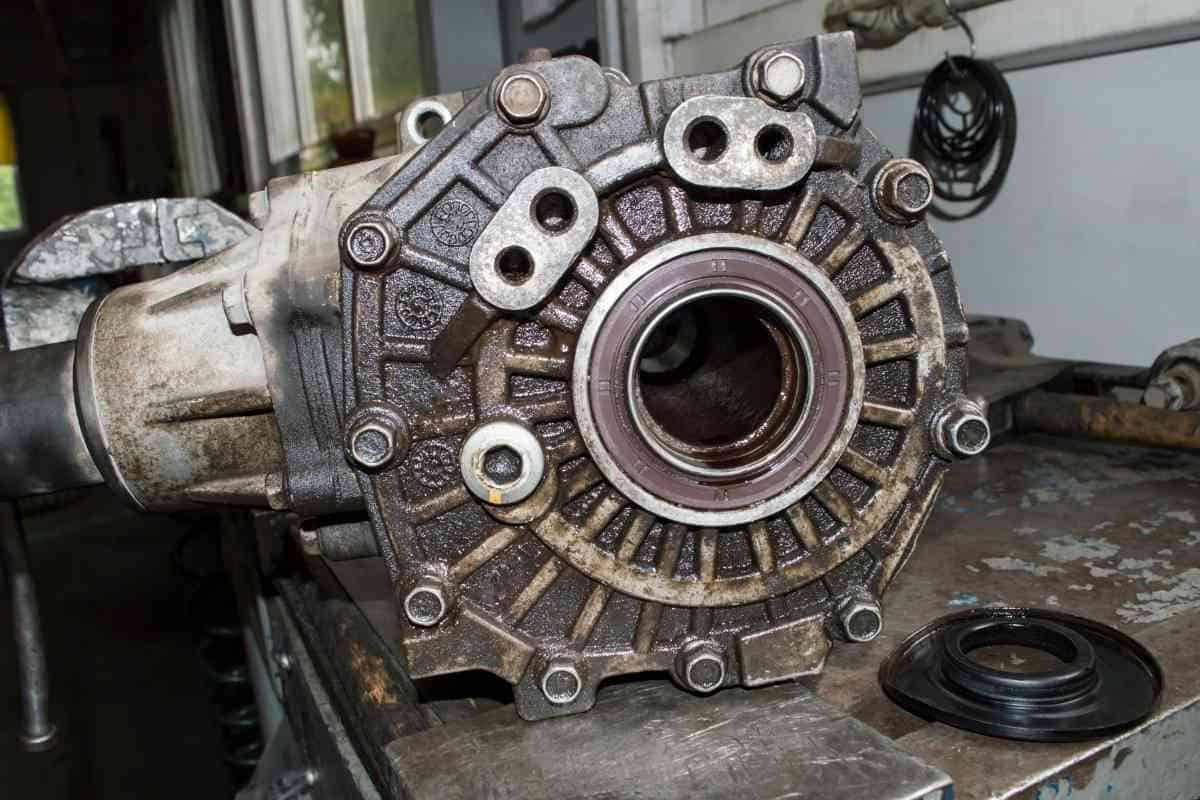Are All NP231 Transfer Cases the Same? (Explained!)
Thinking about switching out your transfer case but not sure how different you can go? Here’s what you should know about the variations of the NP231 transfer cases.

Are All NP231 Transfer Cases the Same?
NP231 transfer cases are not all the same. Jeep introduced them first in the 1988 model year, but Chevy and Dodge have both come out with their own variations since then. There are significant differences between makes, but they can be improved or interchanged with the right parts and know-how.
Here are some things you should know before working on your transfer case, including the important differences between the variations and the problems they’ve caused for others.
Upgrade the NP231J
When you want to start working on your Jeep and tweaking it to fit just what you need, this is one of the first things you’re going to want to do. The upgrade in question is the short-shaft kit. With this upgrade, you’ll change out the rear output yoke from the slip style to a fixed style.
This upgrade will help you with your later upgrades by allowing you to get better driveline angles without having to get a longer driveshaft. It also allows you to remove the driveshaft without losing any fluid.
Since the NP231J doesn’t have a position that puts the Jeep in a truly neutral position for towing, you can also try to tweak your transfer case to make towing an option. An upgrade like that would relieve pressure on the drivetrain while in neutral so that it doesn’t wind up and explode after a few hundred miles of towing.
Alternatively to that last upgrade, you could just shift into neutral without starting the engine or disconnect the front axle’s vacuum hoses before towing.
For more torque potential, you might consider adding to the planetary gears your stock transfer case came with. The transfer case has six slots for planetary gears, but most stock T-cases only come with three or four equipped.
One last thing to note about the NP231J is that its chain is significantly narrower than that of those in a Chevy or Dodge NP231 transfer case. Switching to a wide chain (along with wider gears to handle the chain) can beef up the transfer case and give it the capacity to handle more power.
Swap NP231J and NP231D

If you decide you want the functionality of Dodge’s version of the transfer case rather than the Jeep’s, it’s possible to make the swap, but it isn’t as simple as taking out the NP231J and putting the NP231D in its place.
The two versions of transfer cases have different inputs and outputs, so what you’ll want to do is to take apart both cases and put the Dodge internal parts into the Jeep’s outer parts. That way, you’ll get the functionality of the Dodge with the inputs and outputs lining up with your Jeep’s controls and performance.
One issue you might end up finding with this is shifting between modes: the Jeep may only have 3 shifting positions, while the Dodge provides four. If this is the case, you may find that you’re missing out on one of the modes that the Dodge offers. For example, you might find that 4wdHi, 4wdLo, and 2wdHi all work, but there’s no neutral position.
To avoid this problem, try to make sure that your transfer cases both have the same number of shifting positions. If that’s not doable, then try using the Dodge shift plate instead of the Jeep one. If you’re still having trouble with it, you might need to start messing with the input mechanism itself to see if you can change the number of possible shifting positions.
Swap NP231J and NP231C
Basically, anything that can be different between these two transfer cases is different, from the shape of the output shafts to the input shafts, and even the vent tube. The vehicle speed sensor is also different, as is the switch for the four-wheel drive selector (the Jeep’s switch is electric whereas the Chevy’s is a vacuum).
And that’s just the outside! When you take them apart, which you’ll need to do if you’re planning a swap, you’ll find even more differences.
A really important difference is how the internal speed sensor works. Each reads from gear to determine how fast the car is going, but the gears are so different you wouldn’t even know they were for the same purpose except for their placement in the car and their diameter. So to get the speed sensor to work properly, you’re likely going to need an adapter for it.
Interchanging Parts
So while you can’t switch one make’s transfer case out directly for another, you can take parts from different transfer cases to make something that will fit your needs. The thing you’ve got to keep in mind when you do that is to make sure the pieces you’re putting together are compatible with the parts they’re supposed to connect with.
For example, if you wanted a thicker, tougher chain from the Chevy or Dodge to pair with your Jeep’s transfer case, you’re also going to need an output shaft that will accommodate the wider chain. The Jeep’s output shafts have a thinner gear to turn the chain, but they also tend to be shorter because they connect to a yoke.
If you want the longer shaft of the Chevy or Dodge in your build, that’s up to you, but if you want a short one, you may have to order it specifically so that you can make sure you have the wide gear on it for the wide chain.
On the other hand, some parts are easily interchangeable. The shift forks, for instance, should be able to function the same way, allowing you to pick freely between them to get the most power from the build.
Essentially, when you want to make a swap, you will want to take both transfer cases apart as much as is feasible. Then, pick which features you definitely want as part of your build, make sure to pair them with their compatible parts, and then assemble them in the appropriate output case for your vehicle.
